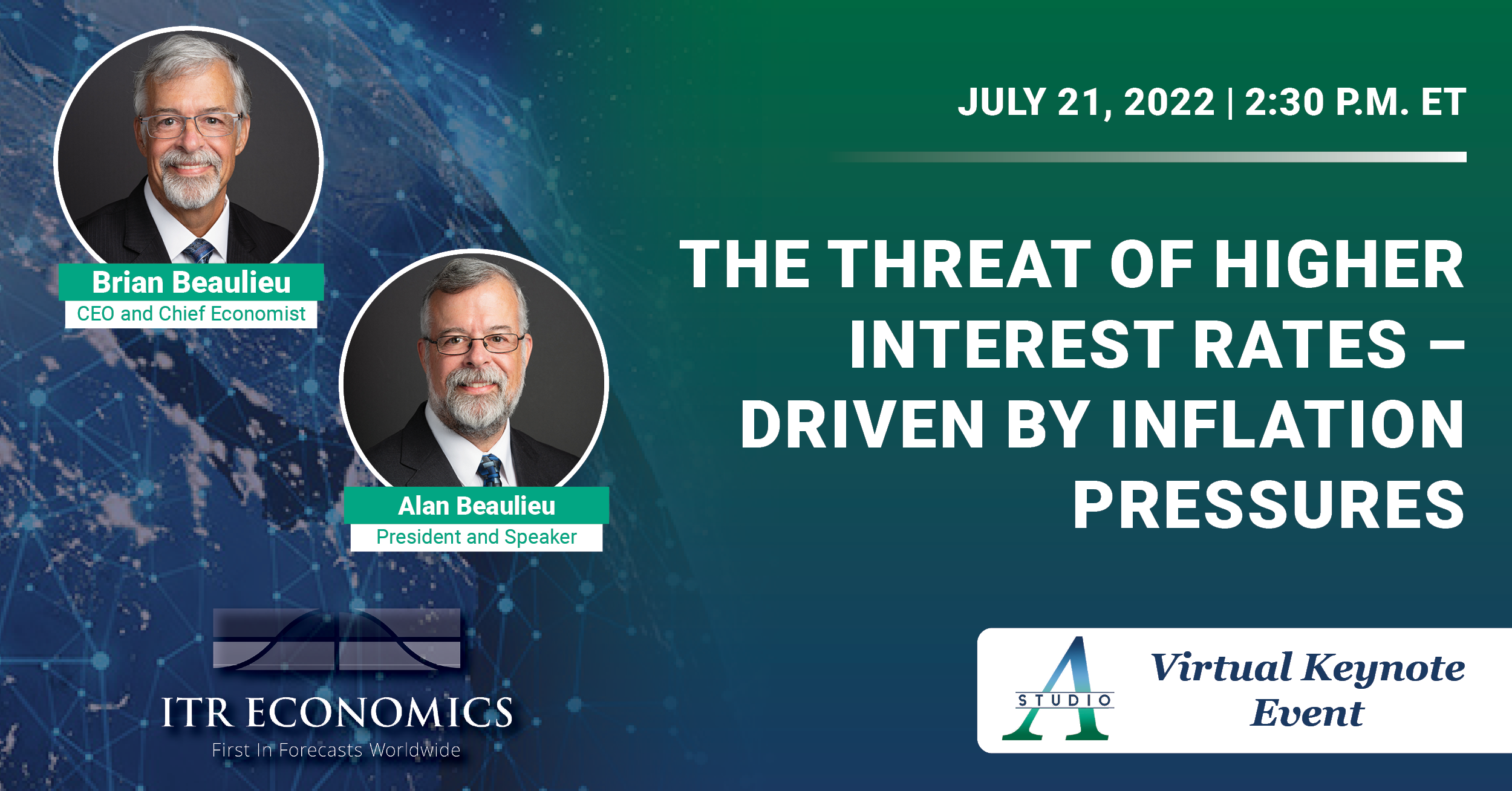The Fed appears intent to quell the inflation that they helped create. They have indicated that they intend to make up for lost time with an aggressive schedule of rate hikes. Quantitative tightening (the opposite of quantitative easing) is in progress.
These are significant shifts in monetary policy that will negatively impact the consumer and businesses if carried too far. However, it is important to keep in mind that it will take time for these monetary policy trends to develop to the extent that economic damage could ensue. A detrimental outcome is not a given. It seems that people are tending to assume that a negative outcome is assured and that it will be felt within the economy in short order. We understand this sentiment. It has been so long since appreciable interest rate rise has occurred, and people simply aren’t used to going through one of these tightening periods.
Inflation is likely to wax and wane through the rest of this decade at an uncomfortably high level. We continue to expect that the rate of inflation will come down later this year and in 2023. That does not mean that prices will come down or recede to any appreciable degree in this business cycle. When oil went from $50 to $100 per barrel, that was a 100% increase. Unless you assume oil is going to $200, the 100% inflation rate will not be repeated. The 100% turns into 20% if oil runs at $120. That is disinflation. Food is going to remain high. But used vehicle prices have come down. Copper was down in April from the March record high and was 3.9% below the year-ago level. Factors and trends such as these point to a lessening in the rate of inflation, which in turn means that the rising trend in interest rates won’t continue unabated.
The Fed is unlikely to intentionally raise rates so high as to push the economy into a recession. The problem is the Fed is using a blunt instrument to finely tune a precise outcome: ongoing economic growth with tolerable inflation.
The Fed has embarked on this endeavor at a time when the global economy is slowing down in its rate of growth and supply chain pressures are slowly easing. This means that a normal cyclical occurrence is being compounded by Fed intervention. That ups the ante in terms of potential negative outcomes.
Join us for our July 21, 2022, ITR Webinar hosted by Brian and Alan Beaulieu – we will address all of these factors and present our forecasts as to what it all means for the consumer and our businesses.

The Threat of Higher Interest Rates – Driven by Inflation Pressures
